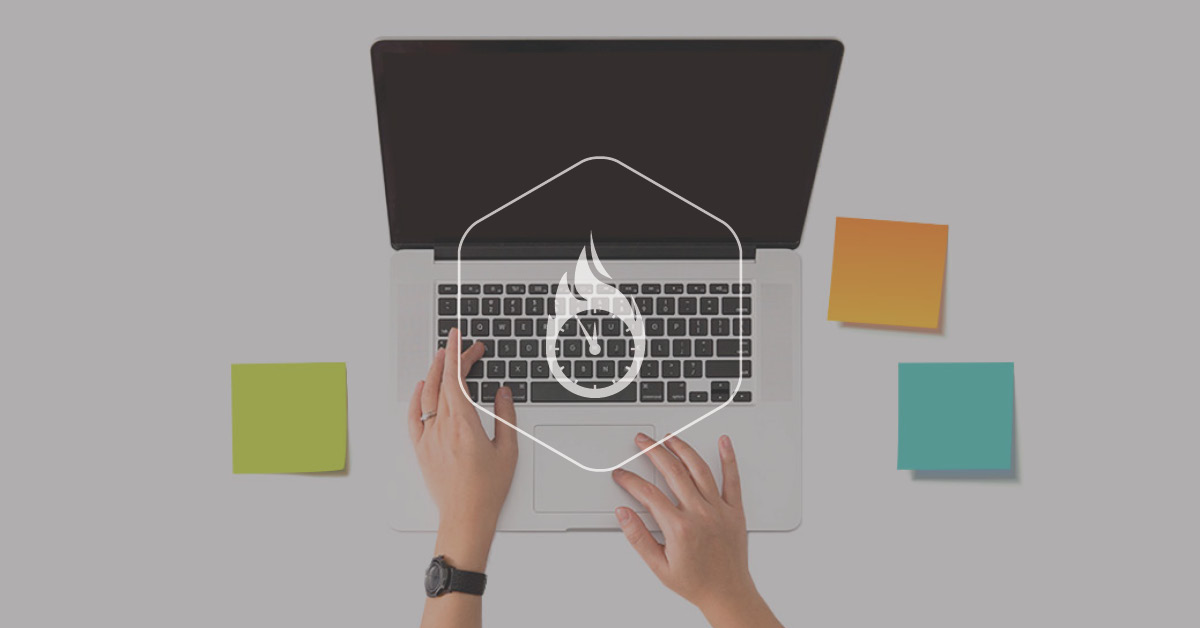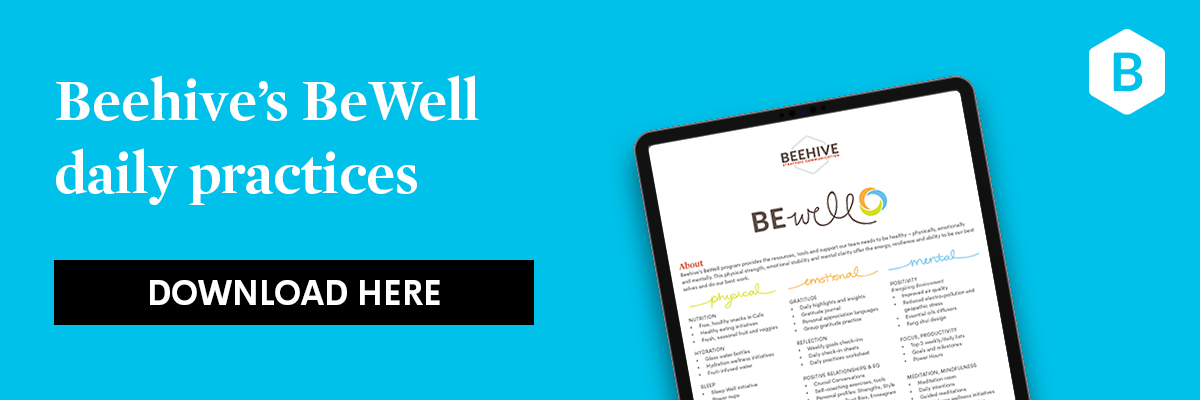Blog
Focus on What Matters Most: How to Set Priorities, Eliminate Distractions & Improve Productivity
|

Blog
Focus on What Matters Most: How to Set Priorities, Eliminate Distractions & Improve Productivity
|

Working from home during the pandemic is different than working from home during normal times. Many of us are working remote on a daily, extended basis for the first time. There are more frequent and varied distractions, greater demands on our time and heavier emotional stress.
Finding a new normal will take time. There are many ideas for how to work from home more effectively, including these from Beehive. Once you’ve got your technology and home office settled and established your workday routine, you also have to get the work done. Setting daily priorities and reducing distractions can help you focus and get the right work done more efficiently.
Set your top three priorities
Before you dive into your email inbox each day, pause to set your top three priorities for the day. (Or, better yet, set your top three priorities the night before.) Ask yourself: If nothing else gets done today but three things, what is most critical? Write them down in a highly visible spot. This approach helps you become intentional and proactive with your time instead of reactive. It improves productivity, lessens frustration and gets better results.

It’s also important to remember that productivity isn’t about the number of items you check off your list or the amount of work you do, especially if you end the day not having accomplished the most important things on that list. Not everything on your list is equally important. Chris Baley, author of The Productivity Project: Accomplishing More by Managing Your Time, Attention, and Energy, put it best: “Productivity isn’t about doing more things — it’s about doing the right things.” The Rule of Three helps ensure you’re doing the right work.
Reduce distractions
In addition to setting clear priorities for the day, reducing distractions is key to advancing what matters most in our workday. Remote work during this crisis is rife with personal distractions: kids doing distance learning, roommates or spouses also working from home, needy pets, not to mention work distractions. Finding time and space to focus is a significant and daunting challenge for employees mandated to work from home due to the pandemic. So how can we do it?
- Flex workday hours. Review your priorities for the next day the night before. Establish what work will require the most quiet, focused time and consider an early morning or late evening block of time to complete that work when others are sleeping. Try to do work that requires less brainpower and can endure more interruptions during the time of day your household is most active, and others may need more of your attention.
- Limit news intake. It can be challenging to focus when we’re distracted by the rapidly changing COVID-19 news cycle. Consider turning off news alerts that ping your email or cell phone throughout the day. These alerts can pull your focus and attention away from your work and trigger strong emotional responses. Instead, set aside a certain time of day and a pre-determined amount of time to read through headlines to stay informed.
- Take turns. Working parents can also explore taking turns being “on call” to help children with distance learning and other needs during the workday, so each of you have blocks of time with limited distractions. During these times, physically distance yourself from the rest of the household for greater focus.
- Eliminate digital distractions. When you have a block of time during the day to focus, eliminate digital distractions by turning off all “notifications” that can create audible disruptions to your flow (e.g., put phones on airplane mode, turn off email, Slack and other apps). Signal to others you are unavailable for the next hour — Beehive calls these “Power Hours.” Then, focus your attention to experience a state of flow that comes from concentration and immersion. Commit to 60 minutes (or your ideal timeframe) and set an alarm to signal when that time is up. Do a bit of experimenting with your personal Power Hour length. Some people do great with 45-50 minutes of focus, and others are more effective with a full 60 minutes of focus. Some can go up to 90 minutes — but that’s about the max our brains and natural ultradian cycles can handle. (Read more on ultradian cycles and productivity here.)
Renew and reset
After your Power Hour of intense focus and concentration is complete, it’s important to follow it up with a period of rest. This pattern of Focus + Break matches our natural ultradian rhythms by alternating intense bursts of work activity with periods of rest. Invest 5-15 minutes in an activity that renews your energy — like a walk outside in the fresh air, meditation, mindful breathing, stretching, listening to music or connecting by phone with a friend. These renewal breaks are key to being able to come back and focus your attention once again.
Questions for Beehive?

